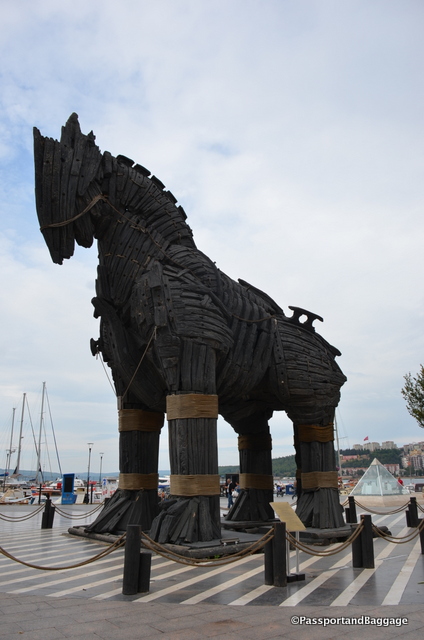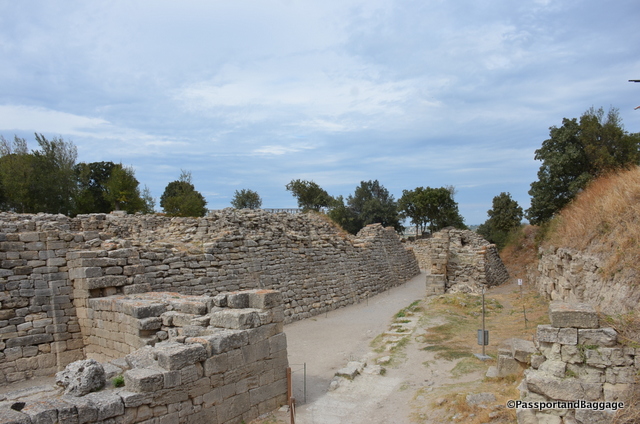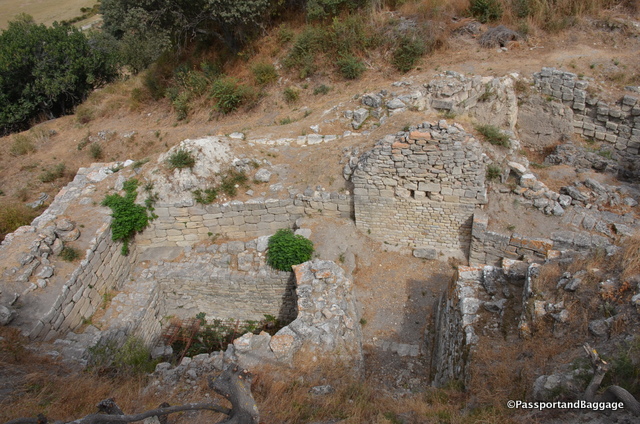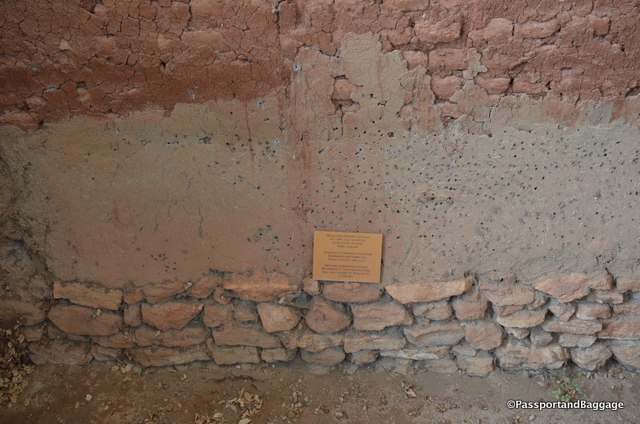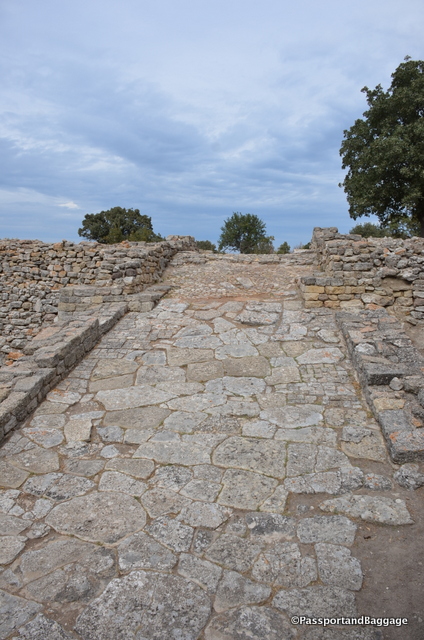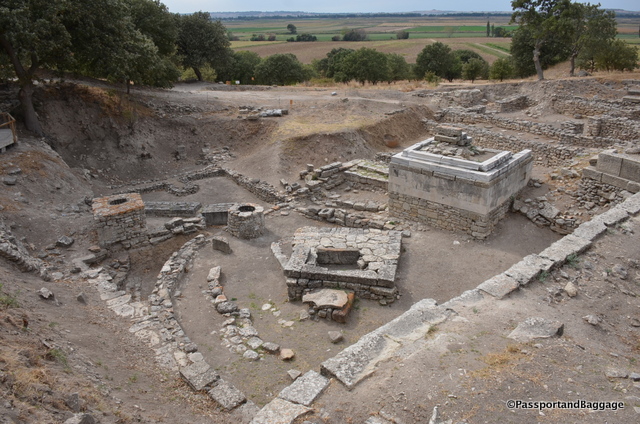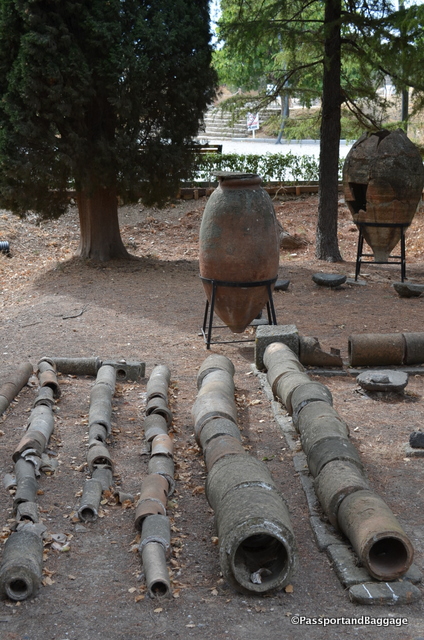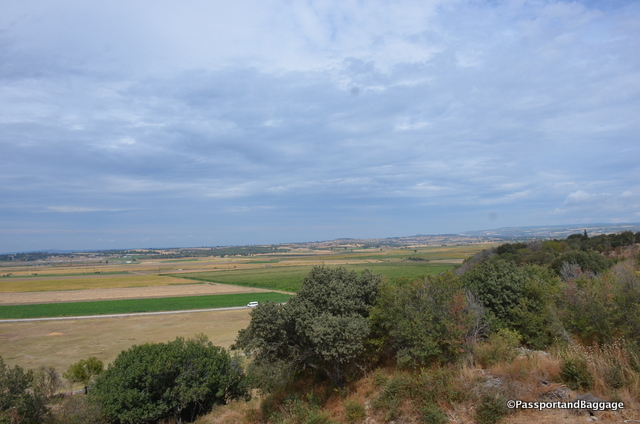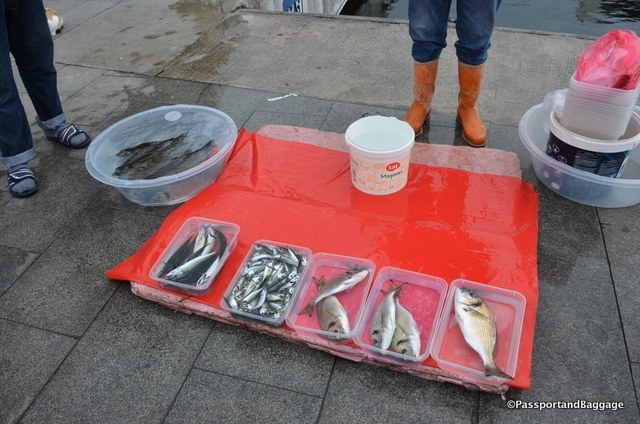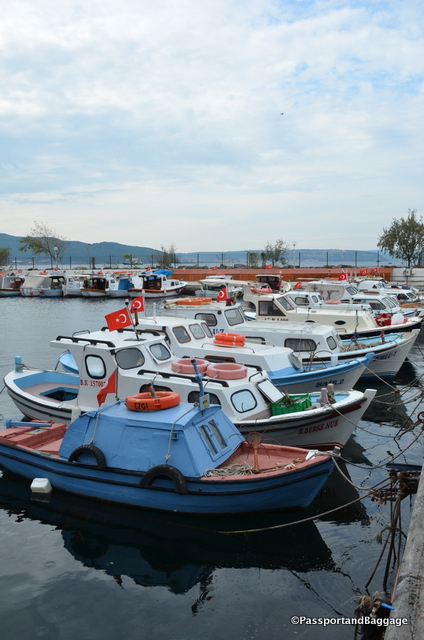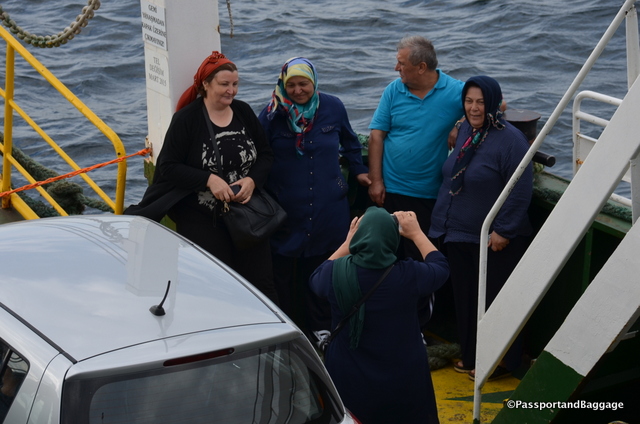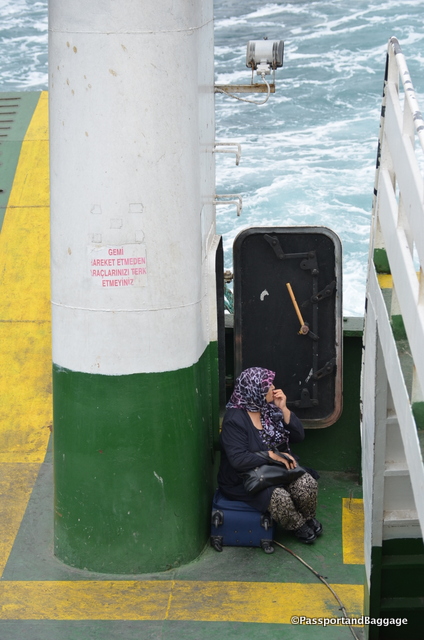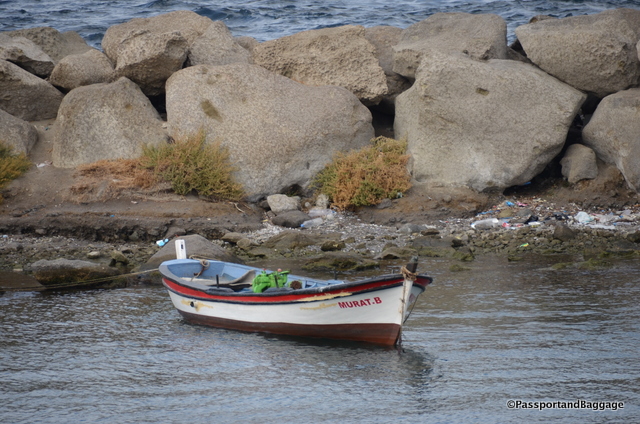September 21, 2016
Did you know that the story of the Trojan Wars was told in a set of 12 narratives titled the Epic Cycle, which possibly dates from the eighth to the sixth centuries BCE. The Illiad and the Odyssey are the only complete works remaining. Regarding Troy, I would like to quote from Eric H. Cline’s book The Trojan War, A Very Short Introduction.
Is Homer’s story convincing? “Certainly the heroes, from Achilles to Hector, are portrayed so credibly that it is easy to believe the story. But is it truly an account based on real events, and were the main characters actually real people? Would the ancient world’s equivalent of the entire nation of Greece really have gone to war over a single woman, however beautiful, and for ten long years at that? Could Agamemnon really have been a king of kings able to muster so many men for such an expedition? And, even if one believes that there once was an actual Trojan War, does that mean that the specific events, actions, and descriptions in Homer’s Iliad and Odyssey, supplemented by additional fragments and commentary in the Epic Cycle, are historically accurate and can be taken at face value? Is it plausible that what Homer describes took place and in the way that he says it did?”

While the people of Troy were called Trojans, the city itself had two names Troy and Ilios. Ilios is used six times in the Epic Cycle, and the words are interchangeable. The Wilusa is the Hittite name for Troy, they occupied Anatolya in 1600 BC
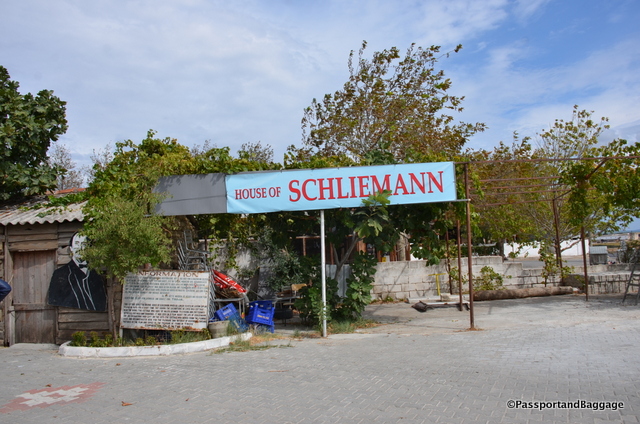
Most Turks have yet to forgive Schliemann for smuggling Trojan treasures out of the country. The Turkish government is still trying to retrieve the hoard from the Pushkin Museum in Moscow.
There are scholars that have been studying this for eons, and while there is interesting proof, without a time machine, we may never understand the true picture.
What we do know is that the town of Troy does exist and that some of the most important figures in history have walked through it.
In 480 BC, the Persian king Xerxes sacrificed 1,000 cattle at the sanctuary of Athena Ilias while marching through the Hellespontine region towards Greece.
Alexander the Great visited the site in 334 BC and there made sacrifices at tombs associated with the Homeric heroes Achilles and Patroclus.
In 399 BC, the Spartan general Dercylidas expelled the Greek garrison at Ilion who were controlling the city on behalf of the Lampsacene dynasts.
The city was destroyed by the Roman general Fimbria, in 85 BC following an eleven-day siege.
In 20 BC, Emperor Augustus visited Ilion and stayed in the house of a leading citizen, Melanippides son of Euthydikos.
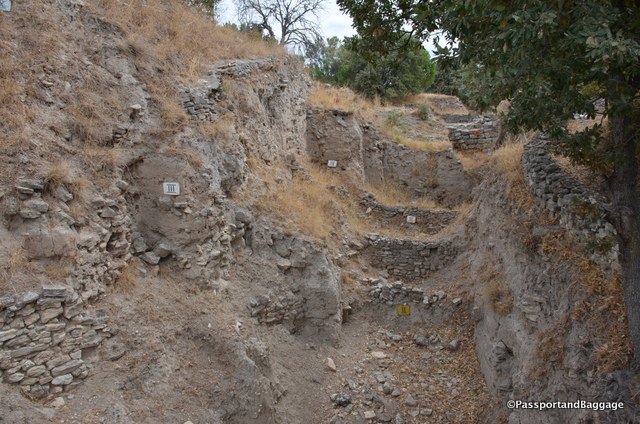
Heinrich Schliemann’s excavations were condemned by later archaeologists as having destroyed the main layers of the real Troy. Kenneth W. Harl in the Teaching Company’s Great Ancient Civilizations of Asia Minor lecture series sarcastically claims that Schliemann’s excavations were carried out with such rough methods that he did to Troy what the Greeks couldn’t do in their times, destroying and leveling down the entire city walls to the ground. Other scholars agree that the damage caused to the site is irreparable. After Schliemann, the site was further excavated under the direction of Wilhelm Dörpfeld (1893–94) and later Carl Blegen (1932–38). These excavations have shown that there were at least nine cities built, one on top of each other, at this site.
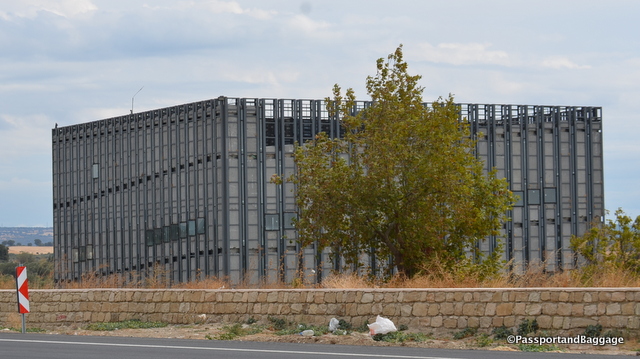
A future museum of Troy, being built on “Turkish Time”, I must think that it, like the Acropolis Museum in Athens, is being built in the hopes that the treasures will return one day.
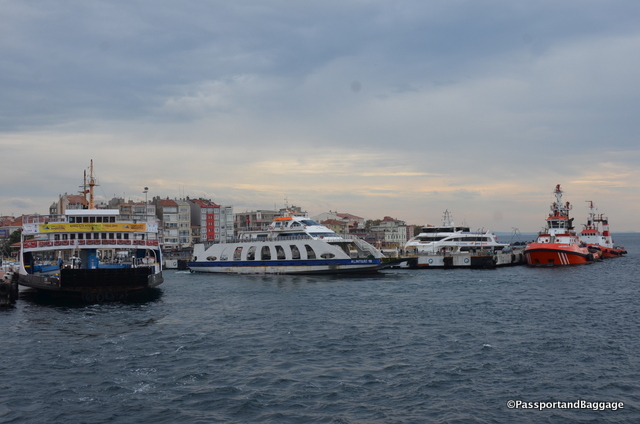
To reach Troy you must take a ferry across the Dardanelles to the fishing town of Çannakale and then drive a few miles through the countryside.
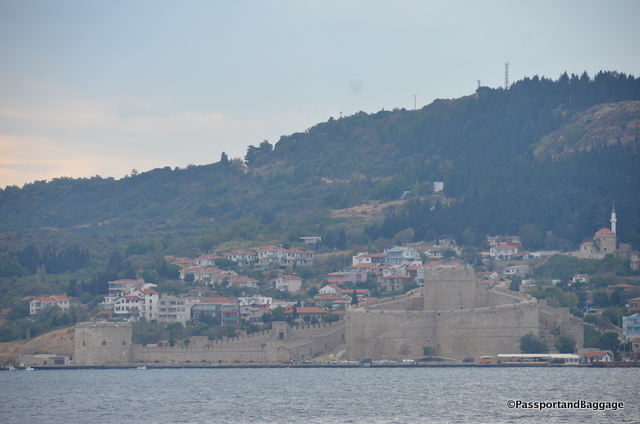
Directly across the Narrows of the Dardanelles, Çannakale Boğazi in Turkish, lies the fortress of Kilitbahir, the Lock of the Sea. Kilitbahir was built by Sultan Mehmet II, the Conqueror, in 1452.
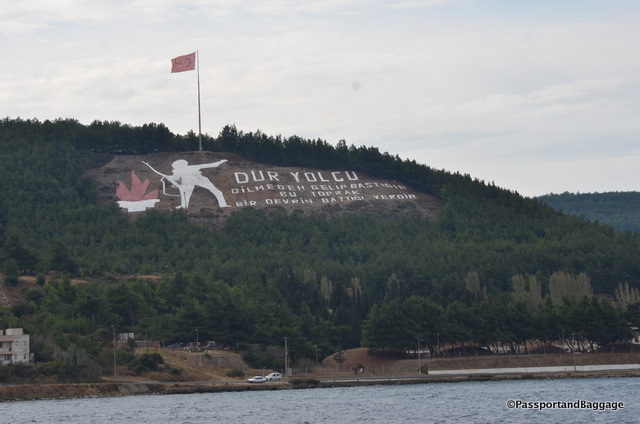
One of many monuments to the Gallipoli Campaign, also known as the Dardanelles Campaign. The Battle of Gallipoli was a campaign of World War I that took place on the Gallipoli peninsula in the Ottoman Empire during WWI, between April of 1915 and January 1916. The campaign was one of the greatest Ottoman victories during the war. In Turkey, it is regarded as a defining moment in the nation’s history: a final surge in the defense of the motherland as the Ottoman Empire crumbled.
It is thought that there were at nine Troys, built on top of each other, seven of these have been documented.
